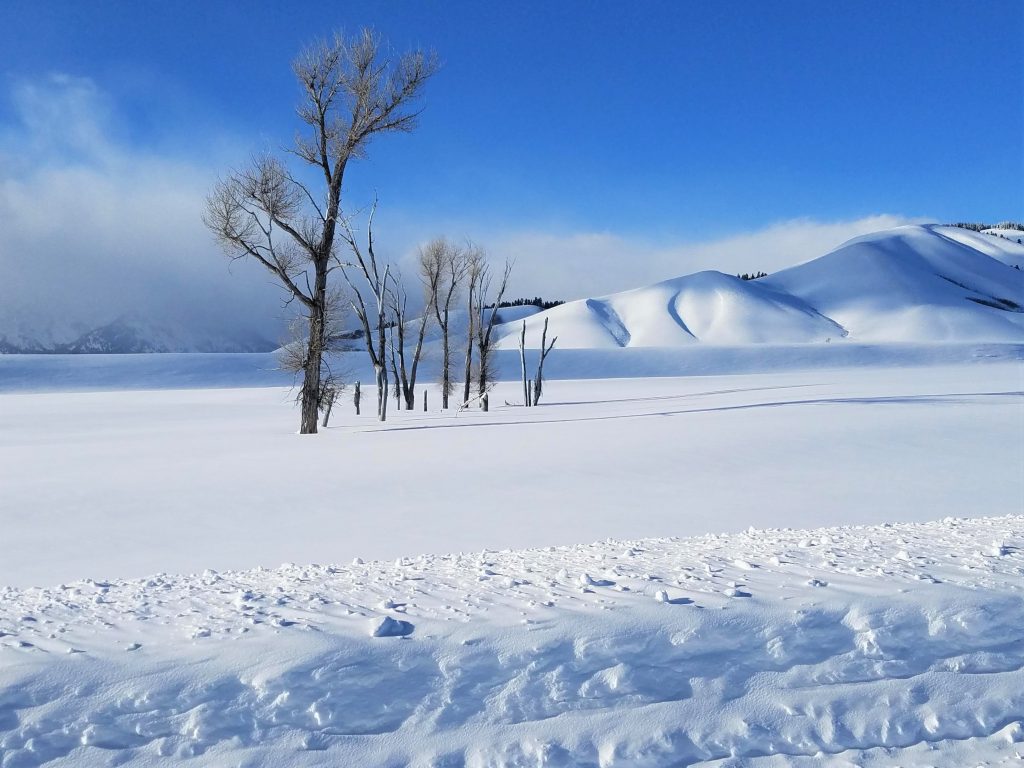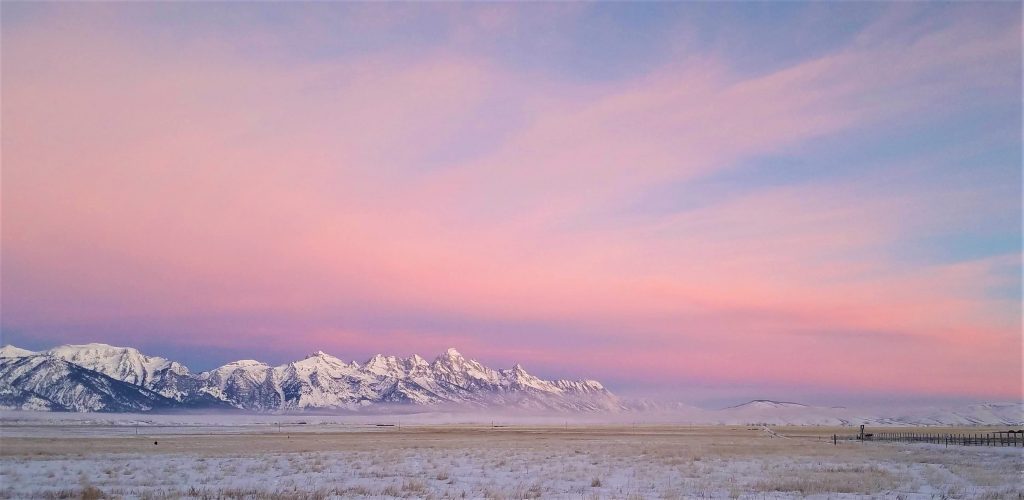What will you see on a Winter Wildlife Tour?
Winter in Jackson Hole is truly something special. With an average annual snowfall in Grand Teton National Park of around 180 inches (that’s 15 feet!) it can be intimidating to some. But to others it’s the essence of a Winter Wonderland. With snow-capped fir trees, large herds of migrating wildlife and beautiful soaring peaks this is truly life in a snow globe.
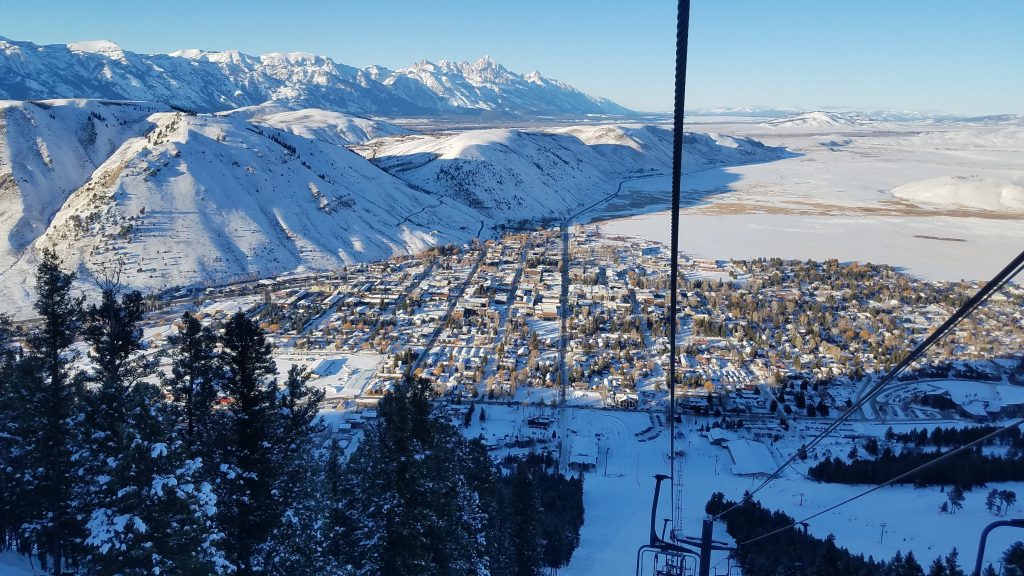
These days the majority of winter visitors to Jackson are coming for one reason – skiing powder. The Jackson Hole ski resort sees around 800,000 visitors per year, which is quite a lot for a town of only around 12,000 people. But for all that powder chasing, there are still a select few who come here for another reason. Experiencing the majesty of the Greater Yellowstone Ecosystem in the wintertime is really something to behold, and plenty of visitors come each year to discover this flourishing ecosystem in a different season. The summer crowds can be overwhelming, but in winter you will find a much quieter park. Often you can experience wildlife viewing in total privacy, sans the dozens of camera shutters firing all around you. Just you and nature – that’s what winter here is all about.
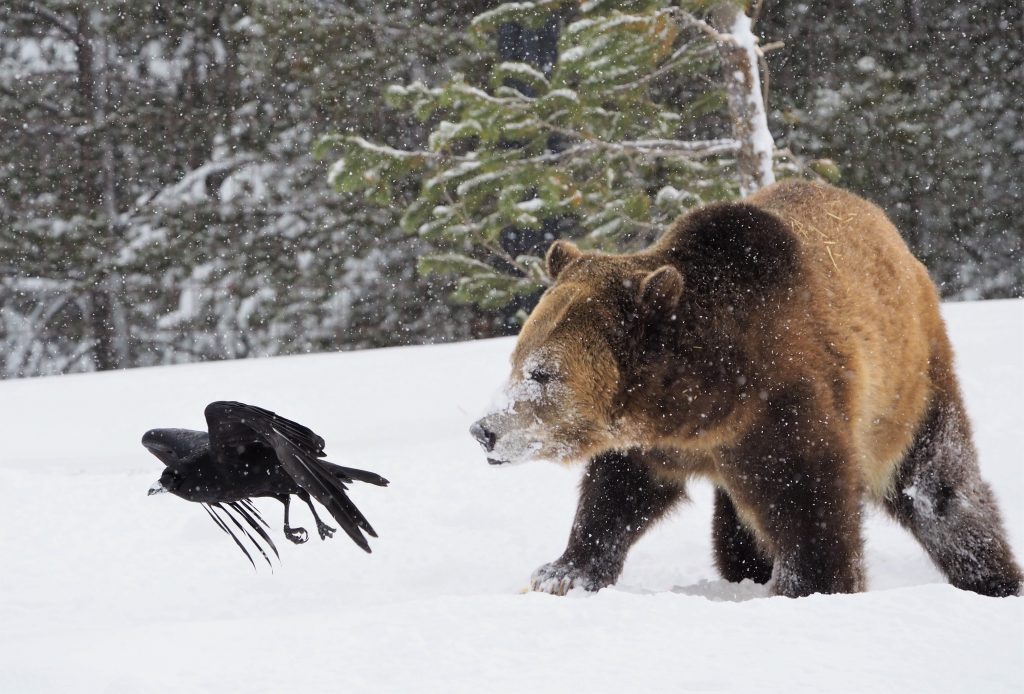
Although one of the most charismatic species of the valley may not be visible (the bears do hibernate from November – April) just about everything else will be out in full force! The moose, which can be nearly impossible to spot among the willows in summer, come wandering out into the open fields where large groups can be seen, often quite close. Before early January when the bulls lose their antlers you may even have the good fortune of getting front-row seats to an exciting sparring match!
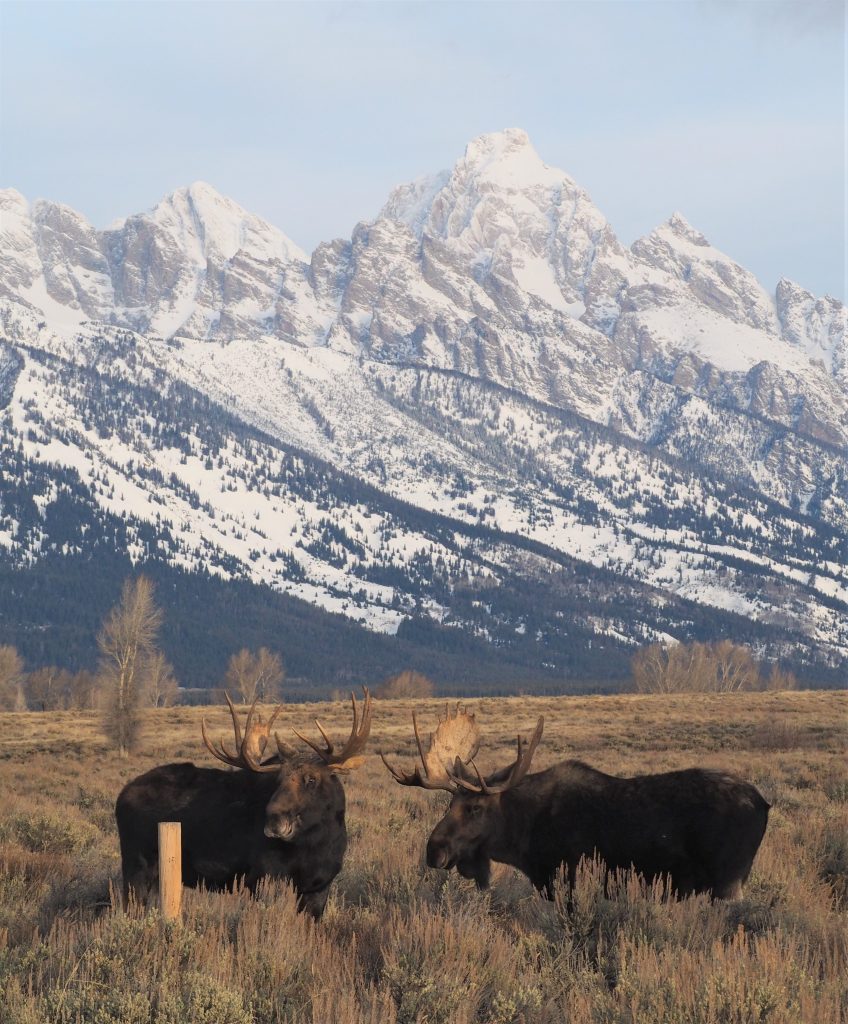
From mid-December on until Spring the elk herds congregate on the National Elk Refuge just north of the town of Jackson, and a short five minute drive can get you views of hundreds (if not thousands!) of these elegant creatures roaming the lower plains of the valley where they have enough forage to spend the winter. On our winter 8-hour tour we take a sleigh ride out onto the refuge – a tradition which dates back over a hundred years to the days when the first herds on the newly designated refuge were fed hay from horse-drawn sleighs. This ride puts you right out in the middle of the herds, which are undisturbed by the presence of the sleigh, and allows you to get an up close and personal encounter with these animals. From this vantage you’ll witness the social dynamics of the herd, likely hear them calling to one another, and occasionally see sparring matches from both males and females. And if you are truly one of the lucky ones, you may have a chance to spot an elusive northern Rocky Mountain wolf from one of the packs which uses the herds of the Refuge as a food source throughout the winter.
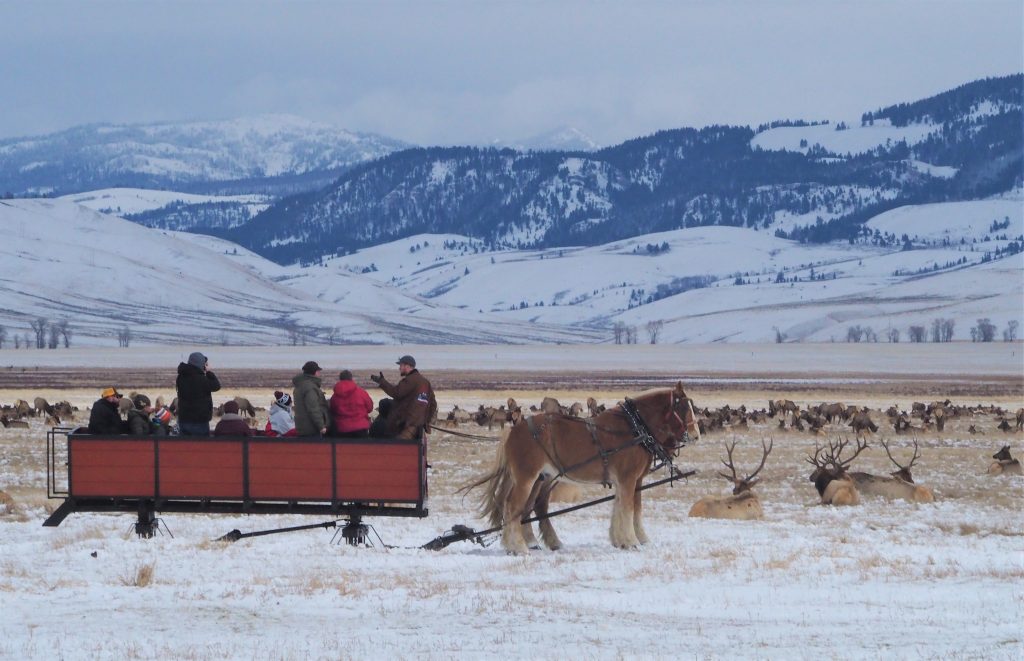
Another animal frequently seen in the winter is the coyote. If not spotted prowling the elk refuge for a free meal after a deeply cold night (not all elk survive the winters here), they can often be found pouncing head-first into the snow looking for small rodents scurrying inches below the surface. Although coyotes are wide-spread across the country, you may not recognize these canines when wearing their magnificent winter coats, which allow them to survive temperatures of -50°F. They’ll hardly resemble the scraggly scavengers that roam the streets and neighborhoods back home.

Other impressive species we often have the chance to view are the roaming herds of bison, who spend their days out on the windy plains covered in an armor of thick fur to fend off the elements. These animals seem to really be able to handle whatever nature throws at them, and are amazing to see thriving in this harsh climate. Another exciting site are the groups of bighorn sheep which wander down from the high peaks to winter on the cliffs just about the National Elk Refuge. These are some of the toughest species in the ecosystem, and seeing them in winter is a real treat as they are virtually impossible to view during the summer.
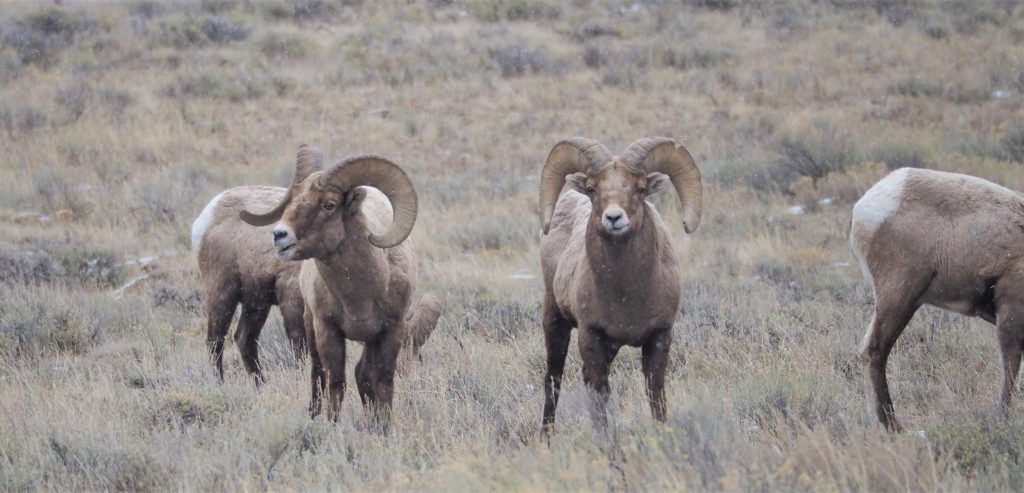
When not viewing the abundant wildlife of Jackson Hole, you may find yourself marveling at the human history of this valley. It is one thing to imagine what it would have been like for the native people and first white settlers of this area to survive a winter here. It is another thing altogether to witness the harsh realities of winter in the high-Rockies first hand! There are several homesteads throughout the valley which have been upkept in their original state from the early 1900s which will paint a picture of just how robust these early people were. And many of these traditions live on today in the cattle ranches throughout the southern end of Jackson Hole valley, where there is no lack of grit required to keep operations running throughout the shifting seasons.
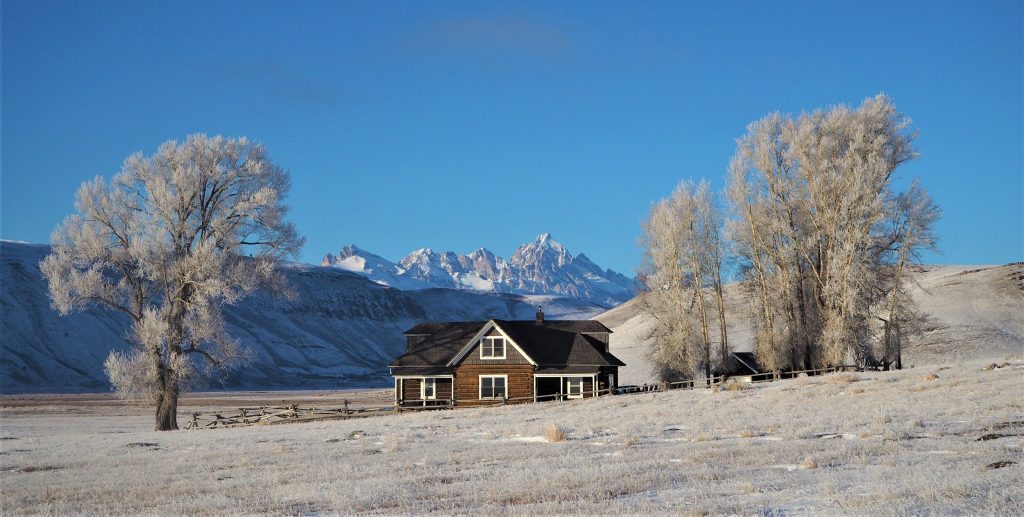
Whether you came to Jackson Hole to ski, or you are purely interested in the life of the animals and people who call this place home year-round, a winter tour of this unrivaled place is sure to leave you impressed and enchanted. Call or email us today to schedule your Winter Wildlife experience – we cant wait to show you the magic of this valley!
